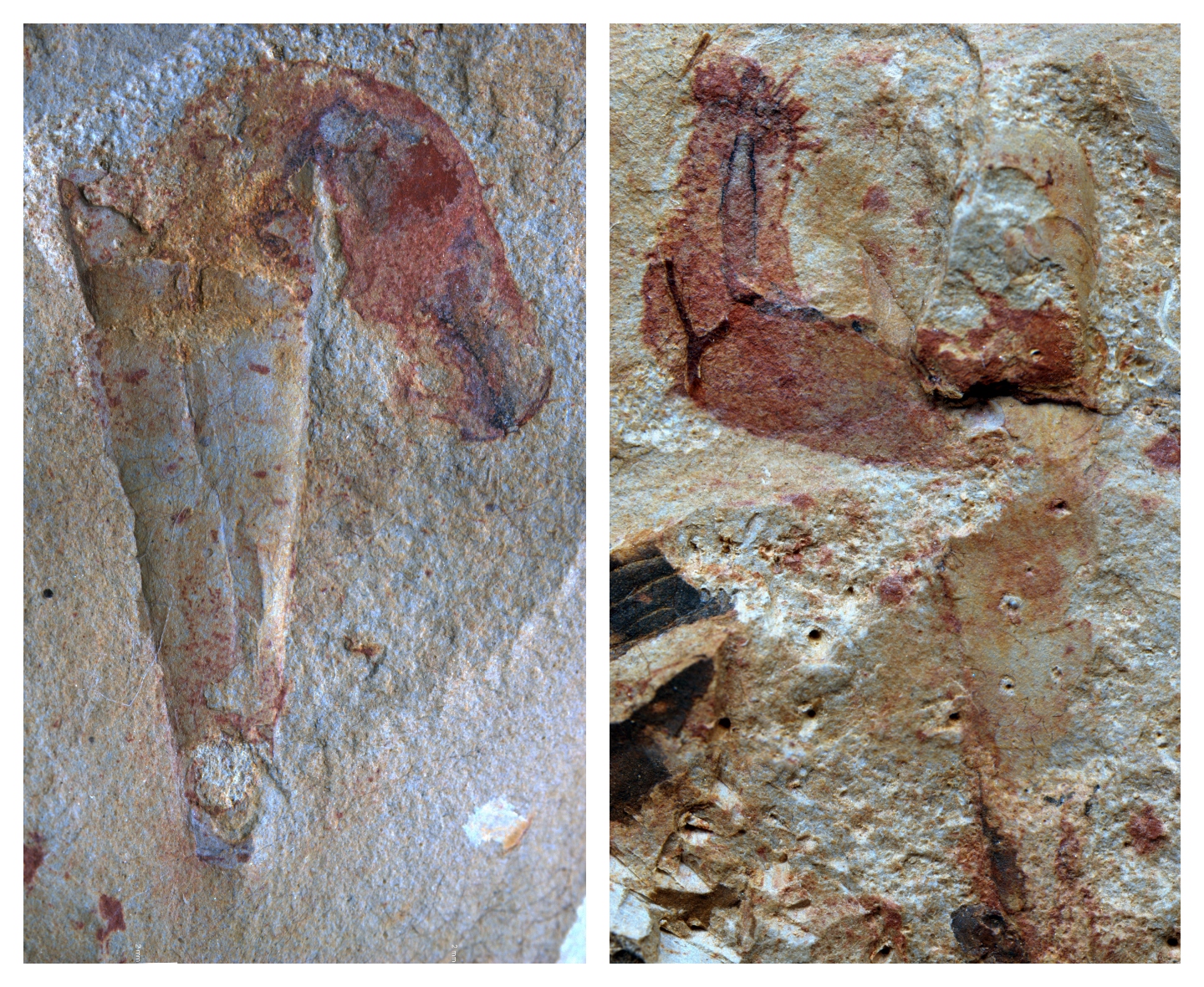Ancient Penis Worms Shrank Into a Shell When Threatened, Study Finds
November 10, 2021We all know about hermit crabs, the resourceful crustaceans that seek refuge in borrowed shells to guard against predators. But a study published in the journal Current Biology on Monday revealed that ancient penis worms were holing it up a few hundred million years before hermit crabs came about. In fact, researchers found, they might have invented the hermit lifestyle.
By examining fossil material from the Guanshan biota in modern-day southern China, researchers from Durham University and Yunnan University found four ancient penis worms (known as Eximipriapulus), each located within small conical shells. The shells had belonged to hyoliths, an extinct tentacled creature from the Cambrian Period 541 to 490 million years ago.
Penis worms, also known as priapulids, are unsegmented worms that still exist in marine ecosystems today. Endowed with a spiny appendage and known for its resemblance to the human penis, the phallic creature feeds on other small marine creatures like the bristle worm.

“The worms are always sitting snugly within these same types of shells, in the same position and orientation,” co-author Martin Smith said in a press release.
The Cambrian explosion, which happened about 540 million years ago and marked the start of the Cambrian Period, is an evolutionary burst that gave rise to a diversity of creatures, including many major animal groups that can be found today. Priapulid worms, which appeared during this period, were believed to have been major marine predators in the Cambrian seas.
The study’s findings show how early animals like the penis worm adapted to the dangers of predation in the Cambrian Period. According to researchers, the priapulid worms were hiding out in empty shells as a defense against aggressive predators that rubbed them the wrong way.
This is the first time hermit behavior has been observed in penis worms—both living and fossilized—or any organism that lived before the age of dinosaurs. Previously, hermit behavior was believed to be a response to increased predation pressure during the Mesozoic marine revolution about 252 to 66 million years ago. But as the phallic fossils suggest, such predation pressures might have been erected against marine animals as early as the Cambrian Period.
“The only explanation that made sense was that these shells were their homes—something that came as a real surprise,” Smith said. Living things that existed before the coming of these hermit penis worms were thought to be much simpler, like seaweed and jellyfish.
“So it’s mind-boggling that we start to see the complex and dangerous ecologies usually associated with much younger geological periods so soon after the first complex animals arrive on the scene.”
Follow Koh Ewe on Instagram.
